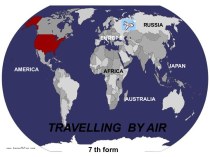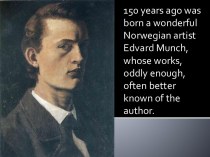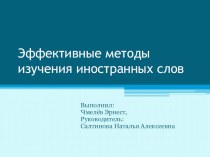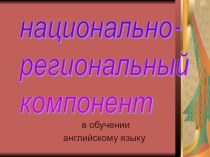- Главная
- Разное
- Бизнес и предпринимательство
- Образование
- Развлечения
- Государство
- Спорт
- Графика
- Культурология
- Еда и кулинария
- Лингвистика
- Религиоведение
- Черчение
- Физкультура
- ИЗО
- Психология
- Социология
- Английский язык
- Астрономия
- Алгебра
- Биология
- География
- Геометрия
- Детские презентации
- Информатика
- История
- Литература
- Маркетинг
- Математика
- Медицина
- Менеджмент
- Музыка
- МХК
- Немецкий язык
- ОБЖ
- Обществознание
- Окружающий мир
- Педагогика
- Русский язык
- Технология
- Физика
- Философия
- Химия
- Шаблоны, картинки для презентаций
- Экология
- Экономика
- Юриспруденция
Что такое findslide.org?
FindSlide.org - это сайт презентаций, докладов, шаблонов в формате PowerPoint.
Обратная связь
Email: Нажмите что бы посмотреть
Презентация на тему по английскому языку Знаменитые люди
Содержание
- 3. Some facts from biographyBeksiński was born in
- 4. Beksiński had no formal training as an
- 8. Beksiński threw himself into painting with a
- 9. In 1980s his works became more popular
- 15. Although Beksiński's art was often grim, he
- 18. The late 1990s were a very trying
- 21. Скачать презентацию
- 22. Похожие презентации
Some facts from biographyBeksiński was born in the town of Sanok, in southern Poland. After studying architecture in Krakow, he returned to Sanok in 1955. Subsequent to this education, he spent several years as a construction
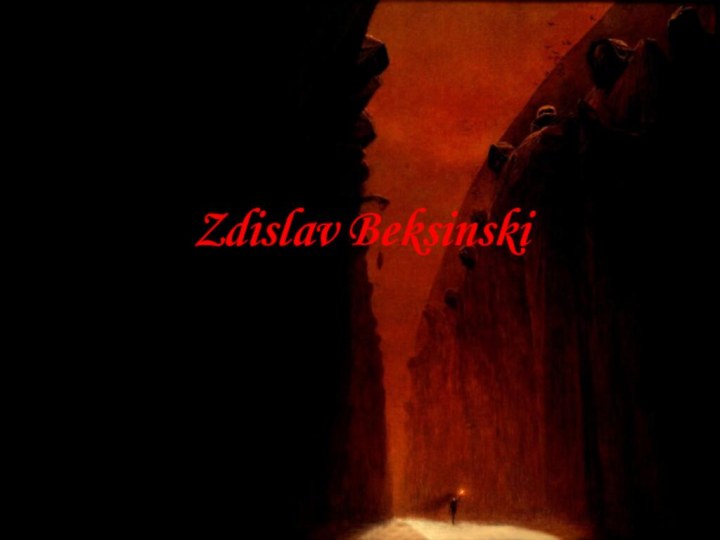
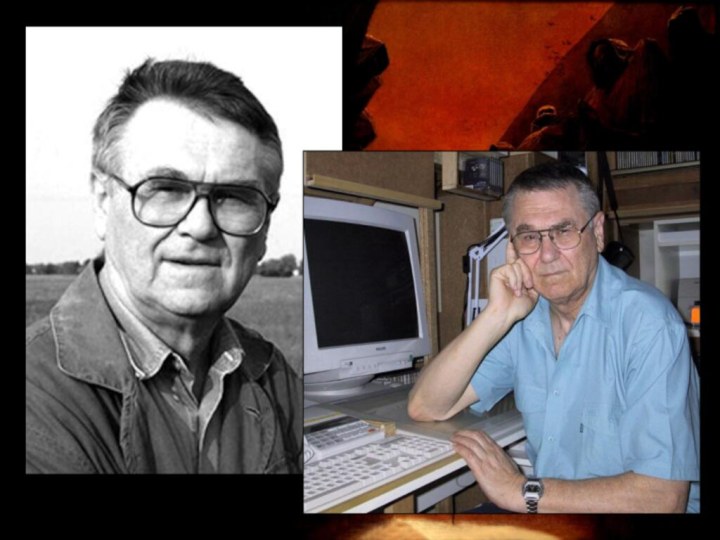
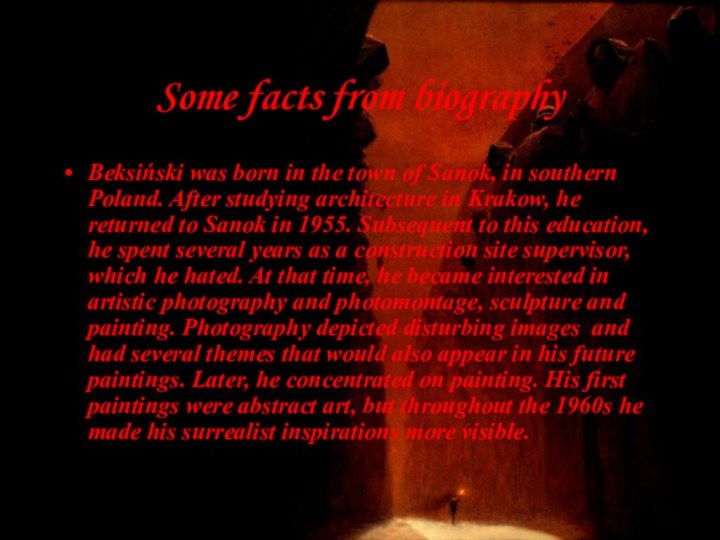
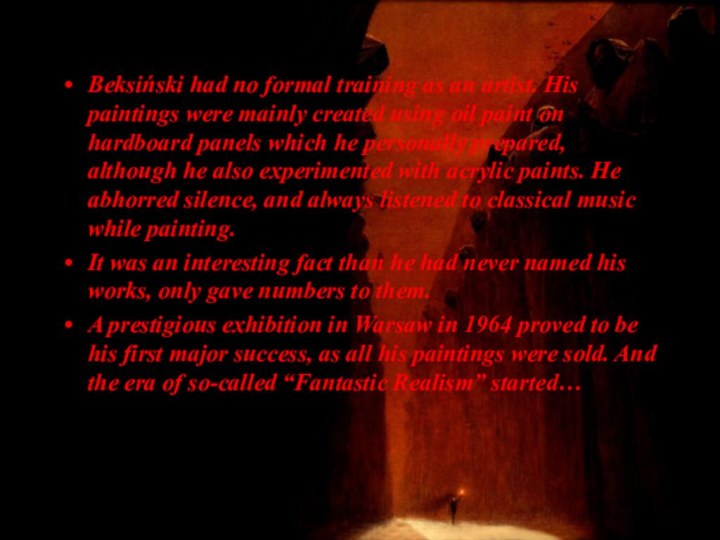

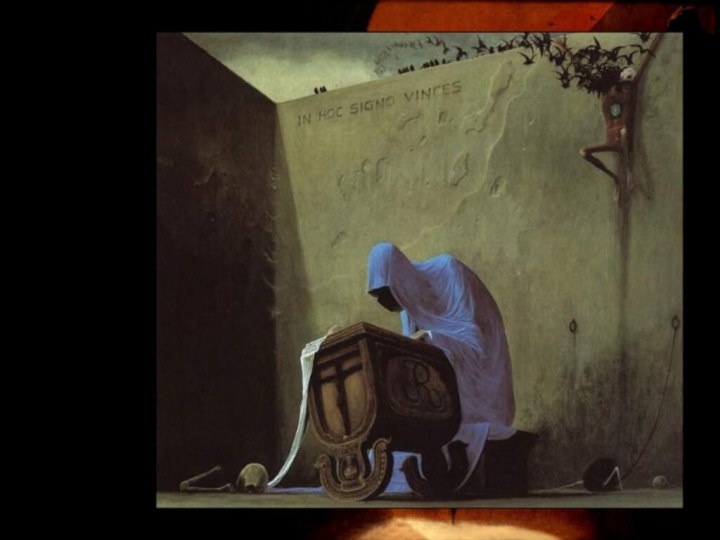
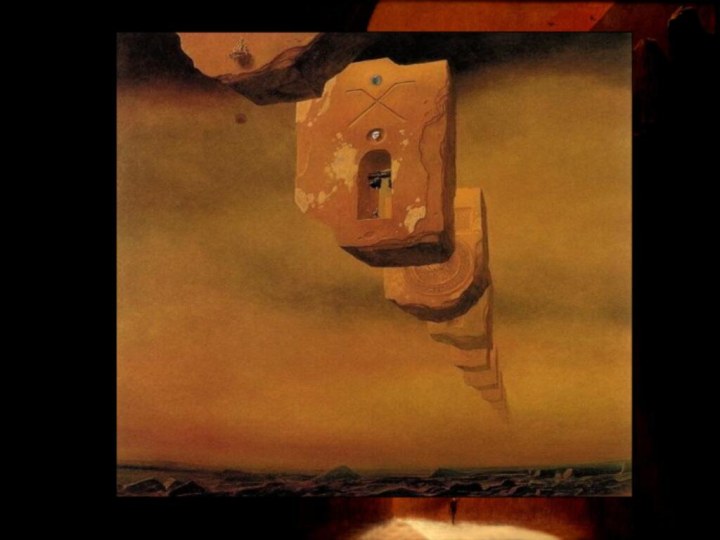
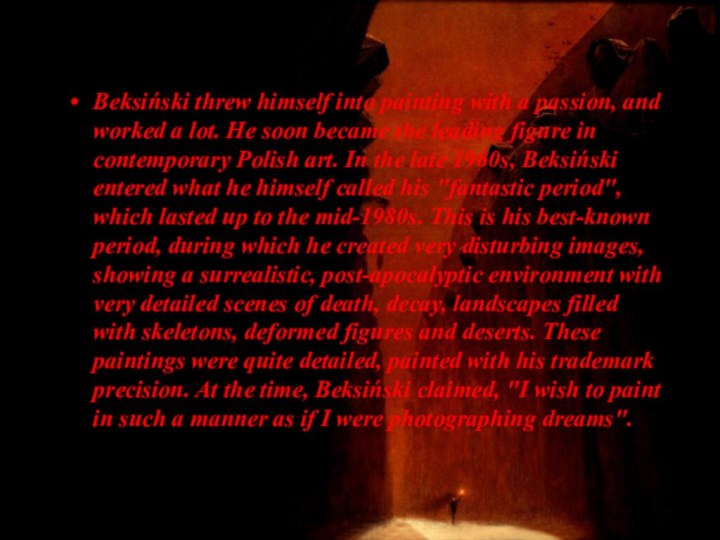


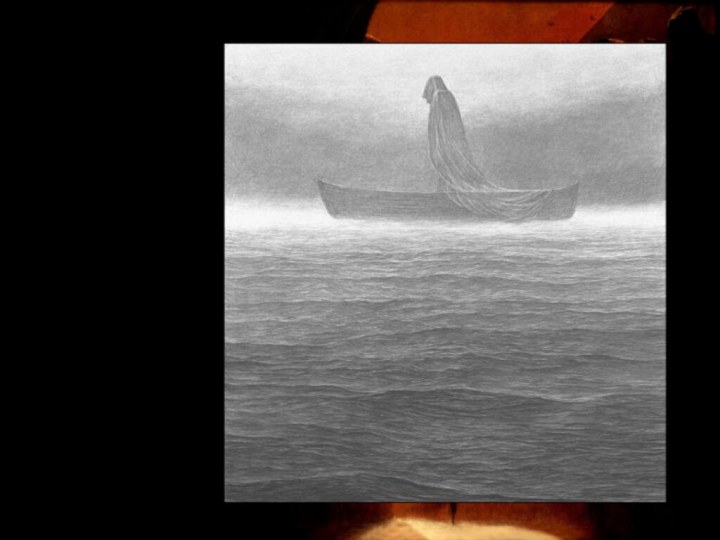
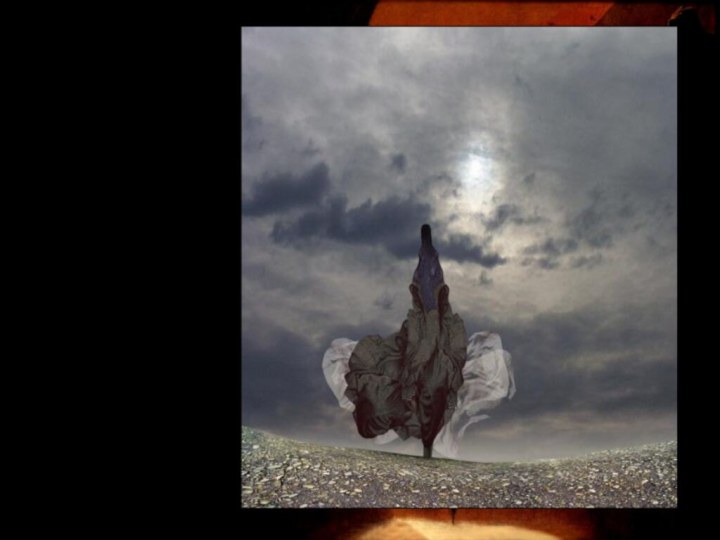
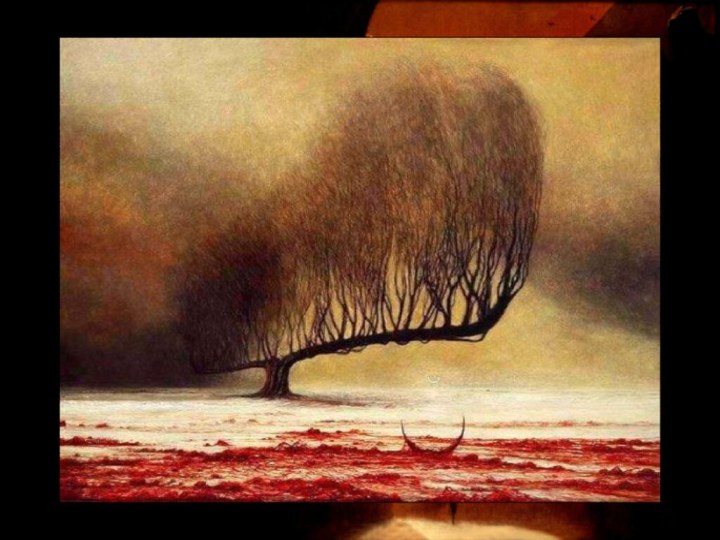
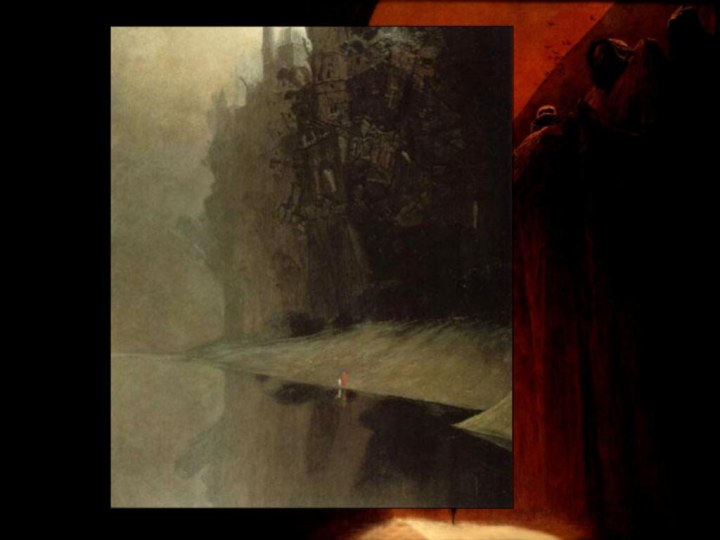
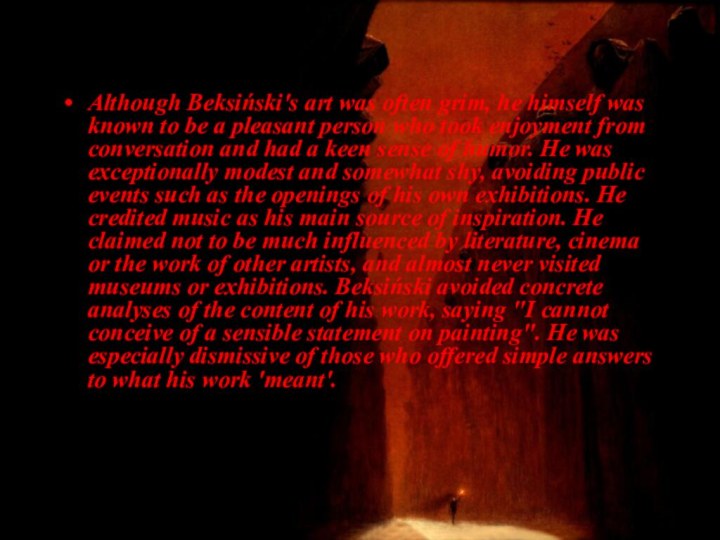
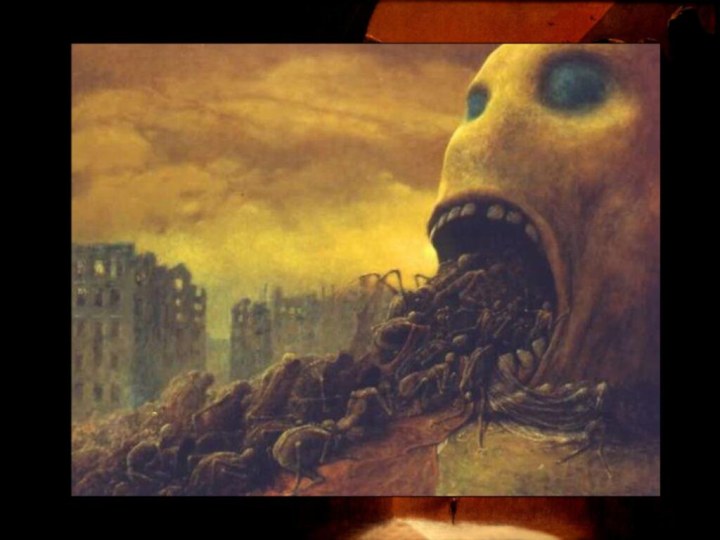


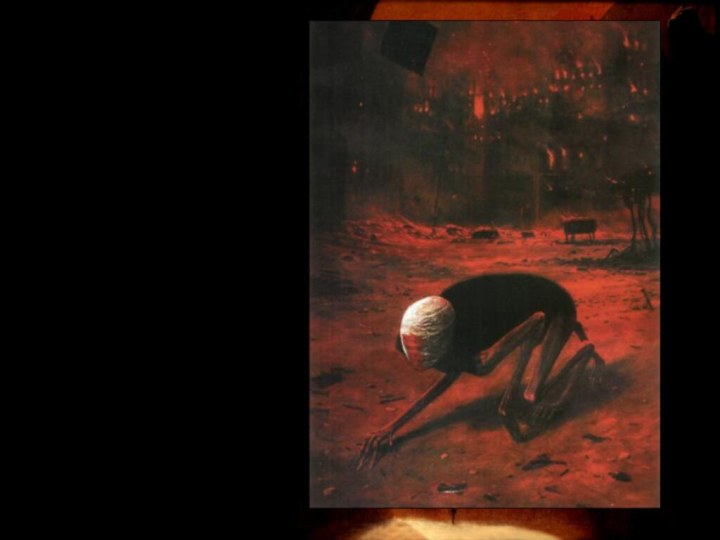
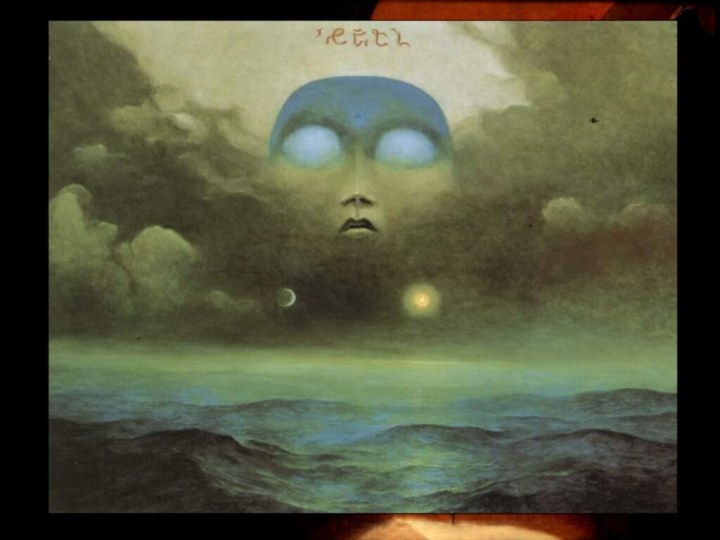

Слайд 4 Beksiński had no formal training as an artist.
His paintings were mainly created using oil paint on
hardboard panels which he personally prepared, although he also experimented with acrylic paints. He abhorred silence, and always listened to classical music while painting.It was an interesting fact than he had never named his works, only gave numbers to them.
A prestigious exhibition in Warsaw in 1964 proved to be his first major success, as all his paintings were sold. And the era of so-called “Fantastic Realism” started…
Слайд 8 Beksiński threw himself into painting with a passion,
and worked a lot. He soon became the leading
figure in contemporary Polish art. In the late 1960s, Beksiński entered what he himself called his "fantastic period", which lasted up to the mid-1980s. This is his best-known period, during which he created very disturbing images, showing a surrealistic, post-apocalyptic environment with very detailed scenes of death, decay, landscapes filled with skeletons, deformed figures and deserts. These paintings were quite detailed, painted with his trademark precision. At the time, Beksiński claimed, "I wish to paint in such a manner as if I were photographing dreams".Слайд 9 In 1980s his works became more popular in
France and then achieved significant popularity in Western Europe,
the United States and Japan. His style also changed a lot at that timeIn the latter part of the 1990s, he discovered computers, the Internet, digital photography and photo manipulation, a medium that he focused on until his death.
Слайд 15 Although Beksiński's art was often grim, he himself
was known to be a pleasant person who took
enjoyment from conversation and had a keen sense of humor. He was exceptionally modest and somewhat shy, avoiding public events such as the openings of his own exhibitions. He credited music as his main source of inspiration. He claimed not to be much influenced by literature, cinema or the work of other artists, and almost never visited museums or exhibitions. Beksiński avoided concrete analyses of the content of his work, saying "I cannot conceive of a sensible statement on painting". He was especially dismissive of those who offered simple answers to what his work 'meant'.Слайд 18 The late 1990s were a very trying time
for Beksiński. His wife, Zofia, died in 1998; a
year later, on Christmas Eve 1999, his son Tomasz (a popular radio presenter, music journalist and movie translator) committed suicide.On 21 February 2005, Beksiński was found dead in his flat in Warsaw .




